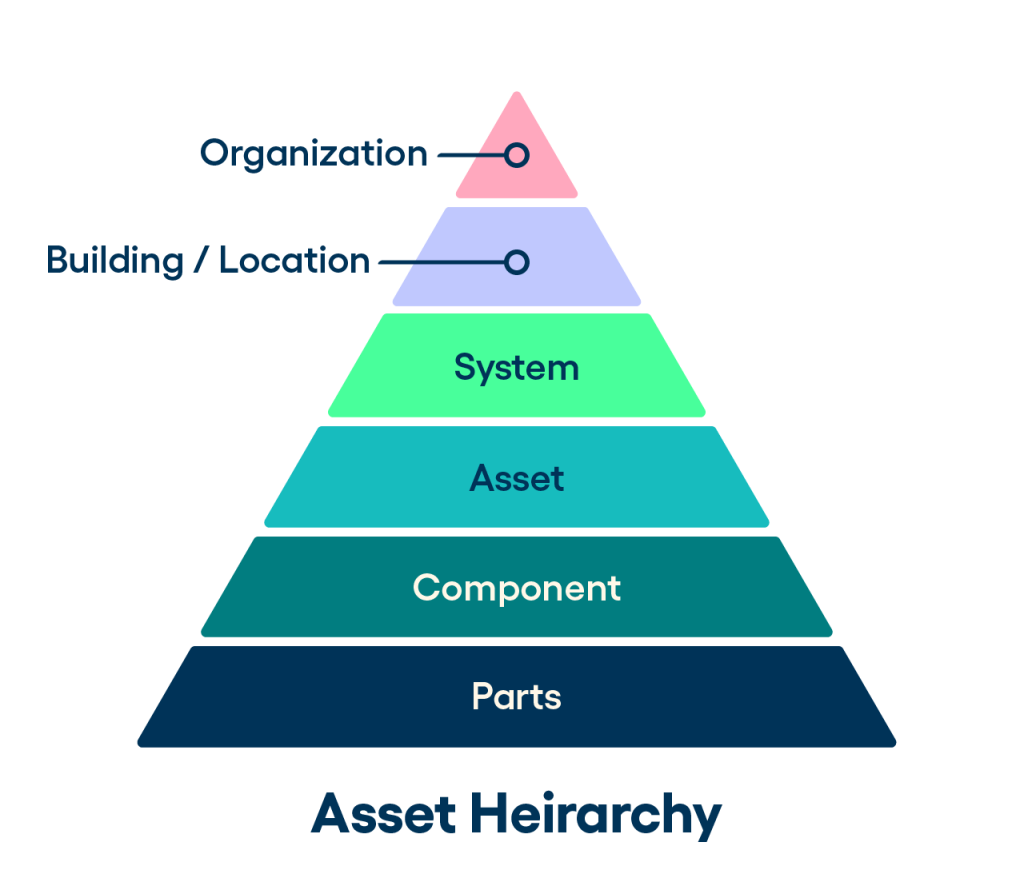As businesses continue to generate an ever-growing amount of digital content, effective digital asset organization becomes crucial. Whether you’re managing images, videos, documents, or other types of files, maintaining an organized system can drastically improve productivity, enhance collaboration, and streamline workflows. In this blog post, we share expert tips on how to organize your digital assets efficiently in 2025 and beyond.
1. Centralized Digital Asset Management (DAM)
The foundation of a strong digital asset organization is a Digital Asset Management (DAM) system. In 2025, businesses need to embrace centralized platforms that allow all digital content to be stored and accessed from a single location. Whether using Wizbrand or other Best DAM tools, having a unified space ensures that all files are organized and available for your team at any time.
2. Implement Advanced Metadata Tagging
Proper metadata tagging is essential for categorizing assets. Each file should have descriptive tags that make it easier to search and find. In 2025, organizations will need to adopt more advanced metadata systems, allowing businesses to tag files with keywords, dates, departments, and other relevant information. This not only helps with asset retrieval but also improves search capabilities within your DAM system.
3. Leverage AI for Automatic Tagging and Categorization
In the coming years, AI-powered tools will be increasingly important for digital asset organization. AI can automate the tagging process, analyzing the content of images, videos, and documents, and assigning the appropriate metadata. AI-driven tools can reduce the time spent on manual tagging and improve consistency across your asset library, making it easier for teams to find assets.
4. Use Cloud-Based Solutions for Flexibility and Scalability
As businesses grow, their digital asset library expands exponentially. Cloud-based DAM systems, such as Wizbrand, offer scalability and flexibility, allowing you to store vast amounts of digital content without the limitations of physical storage. Cloud storage also makes it easier for teams to collaborate remotely, ensuring that files are always accessible, no matter where team members are located.
5. Standardize File Naming Conventions
A simple yet effective way to improve digital asset organization is by establishing and enforcing standardized file naming conventions. A consistent naming system helps prevent confusion and ensures that assets can be quickly identified and retrieved. As we move into 2025, businesses will need to create clear naming guidelines that everyone adheres to, ensuring that assets are logically named and organized.

6. Ensure Seamless Integration with Other Business Tools
A top-tier DAM system should integrate seamlessly with other business tools such as project management software, CRM platforms, and marketing automation systems. This integration ensures that digital assets are easily accessible within the tools your team already uses, streamlining workflows. For example, integrating your DAM with SEO Management Software can make it easy to optimize digital assets for search engines without leaving your DAM platform.
7. Implement Version Control to Track Changes
With multiple team members working on digital assets, it’s easy to lose track of which version is the latest. Version control in your DAM system ensures that you always know which version of an asset is being used and prevents outdated versions from being accidentally published. This feature is especially critical for teams working on marketing materials or other customer-facing content.
8. Automate Backup and Disaster Recovery
Ensuring the safety and security of your digital assets is paramount. Automated backup and disaster recovery processes should be in place to protect your valuable content from accidental loss or system failures. Cloud-based DAM solutions typically offer automated backups, making it easy to restore lost data and avoid significant disruptions to your business operations.
9. Mobile Access for On-the-Go Collaboration
In 2025, remote work and collaboration will continue to be the norm. As such, it’s essential that your DAM system allows team members to access assets from mobile devices. A mobile-friendly DAM ensures that your team can retrieve and share digital content no matter where they are, whether on a business trip, at home, or in the field.
10. Maintain Regular Audits and Clean-Ups
To prevent clutter and inefficiency, businesses should schedule regular audits and clean-ups of their digital assets. Over time, old, outdated, or unused files can accumulate, taking up valuable storage space and making it harder to find important assets. Regular audits ensure that only relevant files are kept, and unnecessary assets are removed from the system, maintaining a lean and organized digital content library.
Conclusion:
In 2025 and beyond, digital asset organization will play a critical role in helping businesses manage their growing content libraries efficiently. By adopting a robust DAM system like Wizbrand, implementing advanced metadata systems, leveraging AI, and ensuring seamless integrations with other business tools, businesses can enhance collaboration, improve productivity, and streamline workflows. As your business scales, the proper organization of your digital assets will be a key factor in driving growth and success.
